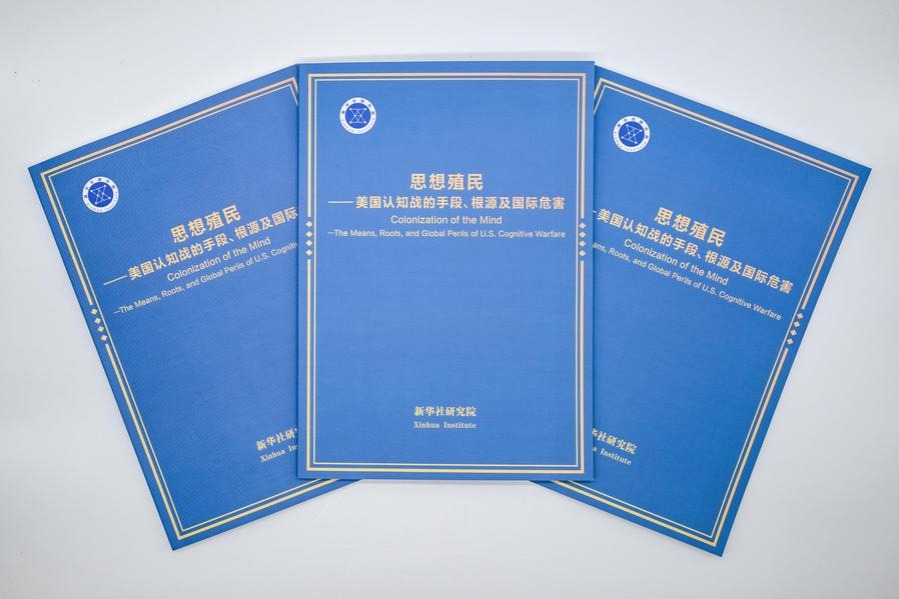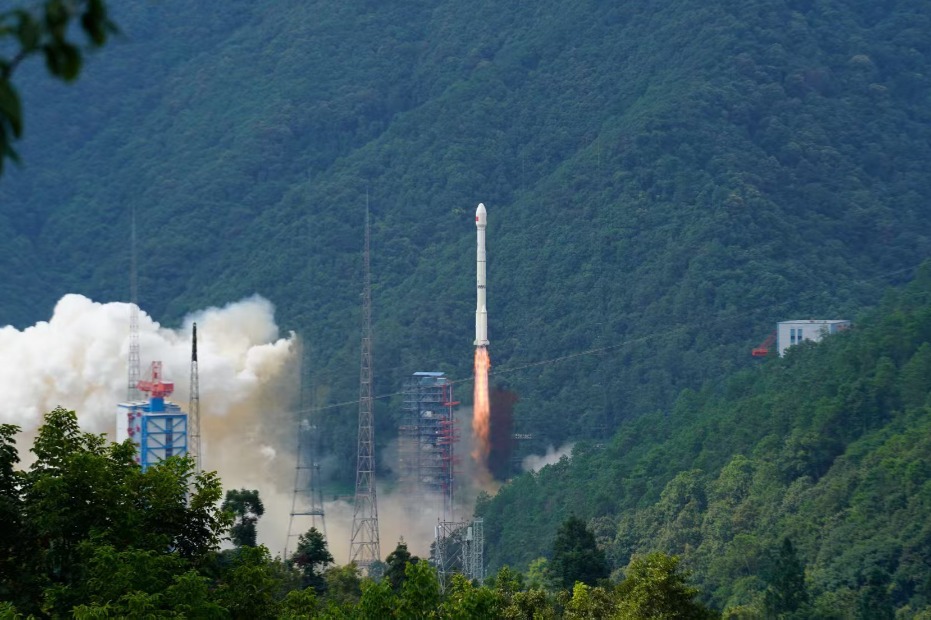Nation plans kinetic impact mission for asteroid defense

China is planning a kinetic impact demonstration mission to test the feasibility of defending Earth against potentially hazardous asteroids, a senior space scientist revealed at an international conference on Friday.
Speaking at the opening of the third International Deep Space Exploration Conference (Tiandu Forum) in Hefei, Anhui province, Wu Weiren, chief designer of China's lunar exploration program and an academician of the Chinese Academy of Engineering, gave a comprehensive overview of the country's asteroid exploration and defense strategy.
Wu said the mission will follow a "fly-along-impact-fly-along" model, involving both an observer and an impactor spacecraft. The observer will arrive first to conduct close-up surveys of the target asteroid, collecting detailed physical parameters. The impactor will then strike the asteroid at a distance of 10 million kilometers from Earth at high speed, while both spacecraft, together with ground- and space-based assets, record the event using advanced imaging technologies to precisely assess the results.
The strike is expected to alter the asteroid's orbit by 3 to 5 centimeters, ensuring that it will not pose a collision threat to Earth for at least several decades to 100 years.
"Asteroids number in the billions in our solar system, and they are often called 'fossils' of its formation and evolution," Wu said. "While rich in metals such as iron, nickel and platinum group elements, as well as water ice, near-Earth asteroids are also considered one of the top existential threats to humanity."
Research indicates that near-Earth objects with diameters exceeding 140 meters strike the Earth on average every 11,000 years. Although such impacts are rare, they can have catastrophic consequences, with their severity closely correlated to the asteroid's size. Scientists generally accept that an impact 66 million years ago caused the extinction of around 75 percent of global species, including the dinosaurs.
At the end of last year, a near-Earth asteroid named 2024 YR4, with a diameter ranging from 40 to 90 meters, drew global attention as the probability of it colliding with Earth in 2032 once reached as high as 3.1 percent. However, as more observational data became available, scientists confirmed that 2024 YR4 would not collide with Earth, though the probability of it impacting the moon in 2032 remains at 4.3 percent.
In recent years, the China National Space Administration has initiated projects on near-Earth asteroid exploration and defense, with plans to establish a national defense system against small celestial bodies. On May 29, China's Tianwen 2 probe was launched with the dual mission of collecting samples from near-Earth asteroid 2016 HO3 and later conducting a fly-along study of main-belt comet 311P.
Wu said Chinese scientists envision a relatively complete defense system, which would provide early warnings of collisions, in-orbit responses and system-level preparedness. The plan includes building an integrated space-ground monitoring and alert network capable of cataloging asteroids, issuing risk assessments and providing early warnings.
On the operational side, the strategy emphasizes "kinetic impact as the primary method, complemented by multiple technologies". A variety of spacecraft would be developed to evaluate or deal with threatening asteroids, supported by a task library of defense missions tailored to different risk scenarios.
"The goal is to ensure that once a threat is discovered, we already have a plan in place, and once a risk arises, we can respond effectively," Wu said, adding that China will also launch cooperation initiatives with global partners for the common good in areas such as ground-based monitoring, co-development and payload integration, as well as data and achievement sharing.
- Nation plans kinetic impact mission for asteroid defense
- Conservationist at Sichuan's Wanglang reserve passes on passion to the world
- Intl cooperation sought to protect jumbo squid
- Training event helps build cross-border digital bridges
- 'Mother' hen helps hatch 8 mandarin ducks in Hubei
- Ranger dedicates life to protecting nature





































